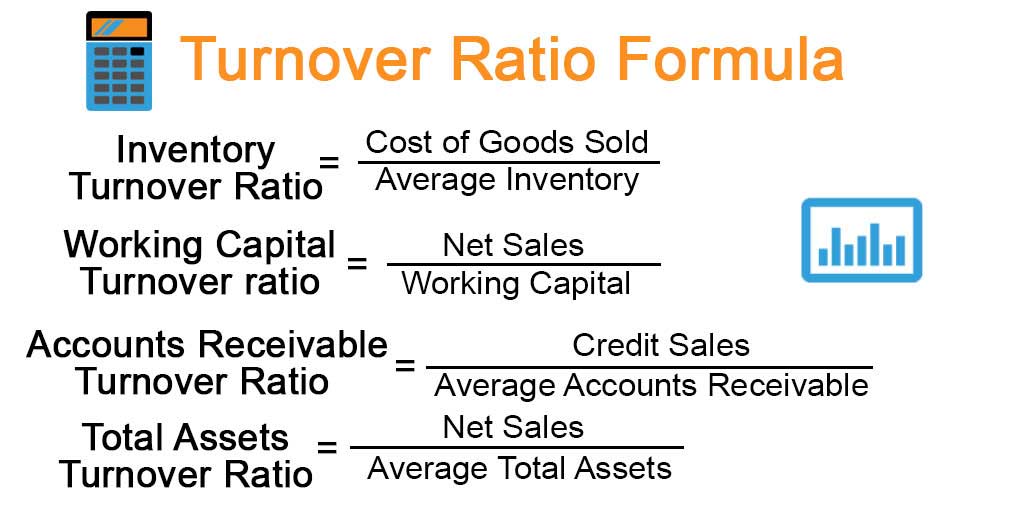

We have also learned about purchases, i.e. It also explains the necessity of the accounts paid off to the company's suppliers within the given period of a particular time.

The accounting payable turnover ratio has been understood how it helps keep the company's finances for a particular year. It then results in addition to the machinery fixed assets in the account with debit, thus increasing the accounts payable with a credit It also buys a machine for $12000 on credit. This, in turn, generates revenue of $1000 as well as cash of $1000.
#ACCOUNTS PAYABLE TURNOVER RATIO SOFTWARE#
Reversing journal entry- a journal entry either manually or by accounting software in the following reporting period is called a reversing journal entry.There are two special types of journal entries: This is to create a balance in the entries, and therefore a record is properly established for each entry.Ī journal entry of two lines is called a simple journal entry, while a journal entry of more than two lines is called a compound journal entry. JOURNAL ENTRY RULES: the total of debit and credit transactions must be equal to each other. These are also helpful for the record of AP turnover ratios we discussed in the initial document. This information can then be used to construct financial statements for businesses for various purposes. Virtual Audit Services Accounting journal entries:Īn accounting journal entry is a method used to keep a record of accounting transactions in the accounting records of a business for a company. On the other hand, we have intangible assets which we cannot touch by hand (trademarks, franchises, copyrights, licenses, goodwill, patents, brands) Importantly, tangible and intangible assets are classified in a way that the tangible assets can be touched by hand (equipment, machinery, buildings, vehicles, land, cash) For example, cars, furniture, buildings, cash, investments, machinery etc It could be anything that could be sold for money. In accounting, an asset is any resource a business owns or controls. Approve invoices and arrange and manage payments.There are 3 stages involved in the process of procurement The act of purchasing goods or services, typically for business purposes, is called procurement. In comparing both examples, we observe that in the second example, the accounts payable ratio is higher, so the company in the second example has paid off its suppliers at a faster rate.Īctivity for students: purchases=800 millionĪccounts payable amount at the start of the year = 200 millionĪccounts payable amount at the end of the year = 250 million Hence, the company has paid off the accounts payable a total of 2.85 times during that particular year. So, the AP turnover ratio comes out to be:200/70 Therefore, in accordance with the above-given formula, the average of the accounts payable at the beginning and at the end of the year is (50+90)/2 The accounts payable amount was 50 million at the start of the year, but at the end of the year, it turned out to be 90 million. Now, let’s assume any other company whose purchases were 200 million at the start of the year.

Therefore, the company has paid off the accounts payable a total of 2.5 times during that particular year. So, the AP turnover ratio comes out to be: 50/20 million So, according to the formula, the average of the accounts at the beginning and at the end of the year is (10+30) /2 = 20 million. Suppose the purchases were 50 million for a year for a companyĪccounts payable were 10 million at the start of the year, but it came out to be 30 million at the end of the year. The increase in the graph of the AP turnover ratio means that the company has made all the payments to the suppliers either at the correct time or at a shorter period of time as compared to its previous records in paying off. The decrease in the graph of the AP turnover ratio means that the company is currently taking longer than usual to pay off its suppliers than its previous records. It is generally calculated by dividing the total purchases of a business by the average of the total payable accounts by the company during that period of time. The accounts payable turnover ratio indicates a company's liquidity and defines how the cash flow has been managed throughout the company. It simply measures the quickness or quantifies the time in which a business makes payments to the suppliers. Accounts Payable Turnover Ratio: Definition, Formula and Example


 0 kommentar(er)
0 kommentar(er)
